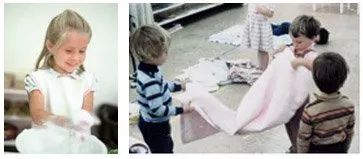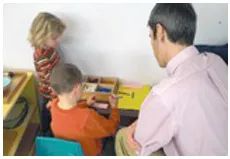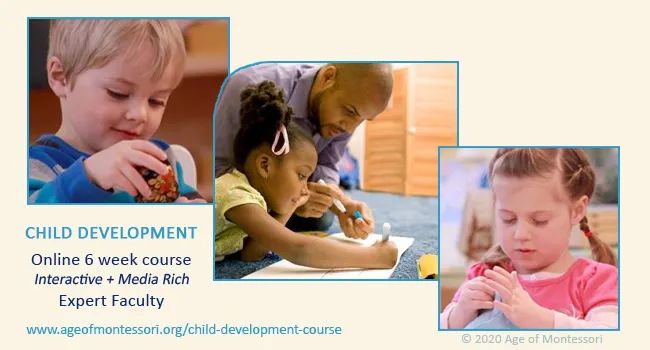Developmentally Appropriate and Following the Child
In the world of early childhood education, there is a concept called “developmentally appropriate.” It refers to making certain that we do not ask of children what they are not ready to do. It was designed as a protection for children and their natural development. According to the Southern Regional Education Board (1994), a developmentally appropriate program or practice is “based on knowledge of the stages of child development, and an understanding that each child is unique and that each child’s experiences should match his or her development abilities.”
A few key pieces of a developmentally appropriate early childhood program include:
- Active exploration of the environment
- Self-directed, hands-on learning activities
- Balance between individual and group activities
- Regular and supportive interaction with teachers and peers
- Balance between active movement and quiet activities




In most cases, the idea of activities being developmentally appropriate is of great value. In Montessori, we fully value each of these points. There are, however, times when the concept is used to artificially hold children back or to push them beyond where they should be functioning. Age of Montessori does not believe in doing either.
I overheard a discussion recently with several women. One was a preschool teacher talking about the scolding she received from her director for counting to fifty with a group of children. She was told that it was not appropriate, even though the children loved doing it. This brought to mind a few questions: What exactly is “appropriate”? Is it the same for every child of three or four years old? Who decides?
Maria Montessori’s view is to simply “follow the child.” For some preschoolers, numbers hold no special interest. For some, counting to ten is a very interesting activity, while for others, counting into the thousands is far more engaging.
 Four-year old doing the shell game ~ Five-year old counting to 9,000
Four-year old doing the shell game ~ Five-year old counting to 9,000

In light of this, why should a group of adults in a committee somewhere—no matter how well-intentioned—decide whether a child can count to fifty or not? Why don’t we put numbers in the environment and see if a given child is attracted to them and wants to count? It has been working in Montessori classrooms for more than a century now.
The two children depicted above were invited to learn to use the materials, and they became totally engaged with them for extended periods of time. They were free to stop and put the work away at any time. They were also free to not do the work at all. They chose these activities because they were excited about the new challenge. Other children the same age declined the invitation and did other activities. They all will work with numbers when they are ready. Interest is a great indicator of readiness.
Maria Montessori wrote: “Our attention is not arrested by all things indifferently, but by those which are congenial to our tastes. The things which are useful to our inner life are those which arouse our interest…. The painter will see a preponderance of colors in the world; the musician will be attracted by sounds.” In like manner, the mathematician will be attracted by numbers.
Why not give every child the freedom to choose when he is interested in learning something new?



























